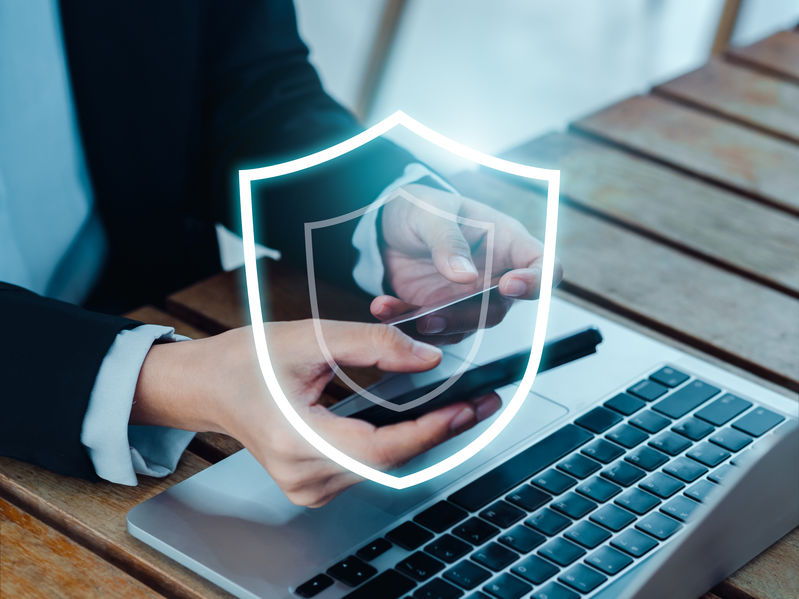
Zero Trust: have you heard of it? Let’s break it down. Zero Trust is a highly technical term associated with network security. It assumes the security of a network is always at risk to internal and external threats. As a philosophy, Zero Trust serves as a tool for organizing and strategizing an approach to counter these threats. Let’s examine how the IT industry uses Zero Trust strategies to protect networks of all kinds.
Why is Zero Trust necessary and what exactly is it?
With Zero Trust, internal users, data, and assets are continually protected along with the ability to proactively manage potential threats in a data-driven hybrid cloud environment. As a principal analyst at Forrester Research, John Kindervag developed the Zero-Trust architecture in 2010 on the basis of assuming every connection and endpoint is a threat.
A Zero Trust network would:
- Log into and inspect network traffic
- Limit and control access to the network
- Verify and secure network resources
In Zero Trust security, data and resources are inaccessible by default. People within the network can only access certain information under certain circumstances. Zero Trust strategies also transcend people. In order to operate on the network, every device needs to be authenticated and authorized.
Out with the old, in with the new
For decades, IT companies have used perimeter security strategies to protect internal networks. The problem is the changing way industries now do business. Perimeter security strategies use firewalls and other network-based tools to properly identify and allow users into and out of the network. Companies are moving to hybrid cloud environments, which can in some cases neutralize perimeter security strategies.
Organizations now have thousands of employees connecting from their home computers to internal networks due to shifting work patterns and a global pandemic. Users, resources, and data are typically scattered around the world, making it hard to connect and secure them quickly. The on-premises network protection that home users would enjoy if they were in the office compromises security.
Moreover, many companies use a patchwork of security solutions and tools that aren’t well integrated, which results in a lot of manual tasks and cleanup operations for internal security and IT teams. As data breaches increase across the globe, this task becomes increasingly difficult. For organizations seeking to improve their network security environment, Zero Trust might just be the answer.
If you or your organization has questions about Zero Trust, feel free to contact the experts at CHIPS. We also offer CyberSecurity Employee Education, Remote Tech Support, and more!



